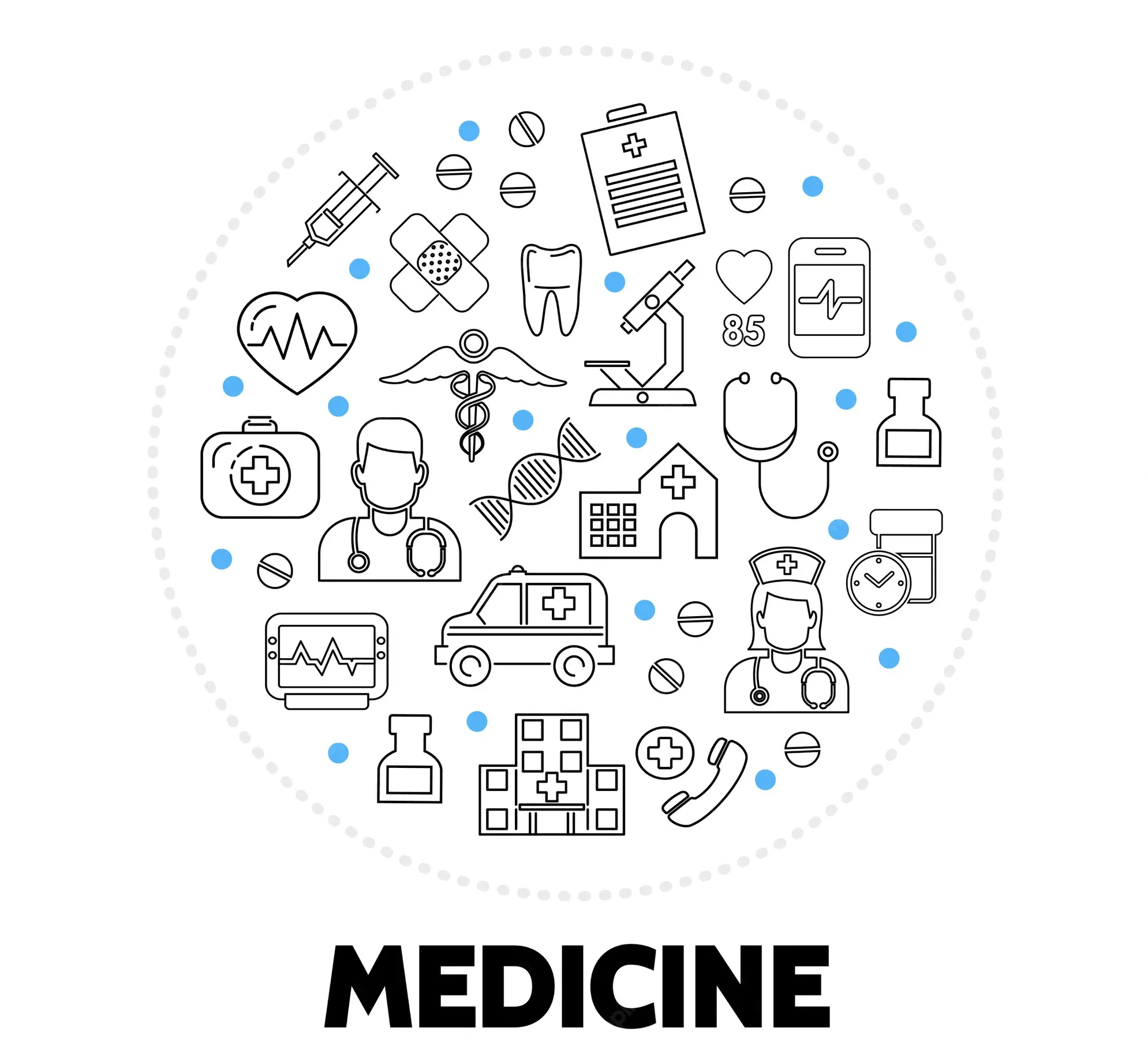Halogen Books
General practical chemistry 2 Made easy lecture note
Author: CHM116
School: University of Ilorin
Department: Science and Technology
Course Code: CHM116
Topics: preliminary test, qualitative examination, test for nitrogen, test for sulfur, test for halogen, brown ring test
Basic Principles of Organic Chemistry Continuous assessment filler
Author: Agbo Onyebuchi
School: University of Nigeria, Nsukka
Department: Science and Technology
Course Code: CHM122
Topics: Organic Chemistry, Organic compounds, hydrocarbons, Halogeno compounds, aromatic hydrocarbons, alcohol, phenol, carbonyl compounds, amine, carbohydrates, amino acids, proteins
Basic Principles of Organic Chemistry lecture note
Author: Just mc and dg
School: University of Nigeria, Nsukka
Department: Science and Technology
Course Code: CHM122
Topics: Organic Chemistry, organic compounds, carbonyl compounds, carboxylic acid, halogeno compounds, amines, aliphatic hydrocarbons, aromatic hydrocarbons, alcholos, phenols, ethers
Author: Robert thornton morrison, Robert Neilson Boyd
School: University of Ibadan
Department: Science and Technology
Course Code: CHE276
Topics: Organic Chemistry, chemical bond, quantum mechanics, atomic orbitals, electronic configuration, Pauli exclusion principle, molecular orbitals, covalent bond, hybrid orbitals, intramolecular forces, bond dissociation energy, homolysis, heterolysis, bonds polarity, melting point, intermolecular force, boiling point, solubility, acids, bases, isomerism, activation energy, hydrocarbons, methane structure, oxidation, heat of combustion, chlorination control, relative reactivity, reaction mechanisms, chlorination, free radicals, chain reactions inhibitors, transition state, molecular formula, chlorofluorocarbons, qualitative elemental analysis, quantitative elemental analysis, Alkene, free-radical substitution, ethane structure, Higher alkanes, alkyl groups, industrial source, Grignard reagent, halogenation, free radical stability, combustion, greenhouse effect, pyrolysis, cracking, alkane analysis, stereochemistry, stereoisomers, isomer number, tetrahedral carbon, optical activity, plane-polarized light, polarimeter, specific rotation, enantiomerism, chirality, chiral center, enantiomers, racemic modification, Diastereomers, meso structures, conformational isomers, optical purity, Alkyl halides, Nucleophilic aliphatic substitution, homolytic chemistry, heterolytic chemistry, Carbocations, Carbocations structure, alkyl halides analysis, alcohols, ethers, alcohol nomenclature, carbohydrates fermentation, Ethanol, alcohol preparation, alcohol reaction, alcohol oxidation, ethers preparation, Secondary Bonding, carbon-carbon double bond, Unsaturated hydrocarbon, ethylene structure, Propylene, Hybridization, orbital size, butylene, Geometric isomerism, alcohol dehydration, alkene reaction, hydrogen bromide addition, Hydrogenation, Electrophilic addition, Oxymercuration-demercuration, Hydroboration-oxidation, Alkene Free-radical polymerization, allylic Nucleophilic substitution, dienes, isoprene, isoprene rule, acetylene, Cyclic Aliphatic Compounds, cyclic compound stereoisomerism, cyclic ether, crown ethers, aromaticity, Benzene, aliphatic compounds, aromatic compounds, benzene structure, Kekule structure, Benzene ring, aromatic character, polynuclear aromatic hydrocarbons, Naphthalene, Quantitative elemental analysis, Electrophilic Aromatic Substitution, Friedel-Crafts alkylation mechanism, naphthalene electrophilic substitution, Aromatic-Aliphatic Compounds, Arenes, Spectroscopy, mass spectrum, electromagnetic spectrum, nuclear magnetic resonance spectrum, coupling consonants, chemical shift, aldehydes, ketones, Cannizaro reaction, Grignard reagents addition, Tetrahydropyranyl ethers, Iodoform test, Carboxylic Acids, Grignard synthesis, Dicarboxylic acids, acid chlorides, acid anhydrides, amides, esters, Transesterification, Aldol condensation, Wittig reaction, Crossed Claisen condensation, halides, ammonolysis, amide Hofmann degradation, Heterocyclic amines
Control of Microorganisms physical and chemical control
Author: MCB UNN
School: University of Nigeria, Nsukka
Department: Science and Technology
Course Code: MICROBIOLOGY
Topics: sterilization, Disinfection, Sanitization, Antisepsis, Chemotherapy, microbial death, autoclaving, Pasteurization, Tyndallization, Dry heat, filtration, Depth filters, microorganisms control, Membrane filters, Laminar flow biological safety cabinets, Ultraviolet radiation, radiation, Ionizing radiation, phenolics, alcohols, halogens, Quaternary ammonium compounds, Aldehydes, sterilizing gases, Ethylene oxide, Betapropiolactone, Vaporized hydrogen peroxide
Model textbook of chemistry for senior secondary schools, 3rd edition
Author: Okoye Ebelechukwu Ifeoma
School: WAEC, JAMB & POST UTME
Department:
Course Code: SSCE, WAEC, JAMB, POST UME
Topics: scientific method, hypothesis, chemical industries, matter, atom, molecule, ion, neutral atom, atomicity, Dalton‘s atomic theory, atomic structure, atomic number, mass number, isotopy, valency, binary compounds, chemical combination, periodic table, electronic configuration, noble gases, Relative atomic mass, Relative molecular mass, chemical bonding, Electrovalent bonding, covalent bonding, Co-ordinate covalent bonding, Metallic bonding, hydrogen bonding, Vander Waal forces, Gas Laws, Boyle‘s law, Charles law, Avogadro's law, Separation Techniques, filtration, decantation, acid, bases, salts, alkali, water, carbon, diamond graphite, Chemical Reactions, Reactants, decomposition reaction, Acid-Base Reaction, Volumetric analysis, reagents, water, air, oxygen, halogen, nitrogen, Sulphur, Oxidation Reduction Reaction, redox reaction, oxidizing agent, reducing agent, ionic theory, Electrovalent Compounds, Covalent Compounds, Electrolysis, Electrochemical cells, organic chemistry, isomerism, alkanols, Quantitative Analysis, Qualitative Analysis, Acid-base titration, Redox titrations, Petroleum, metals, fats, oil, starch, Giant Molecules, sugar, protein, nuclear chemistry, Nuclear Reactions
Author: Bryan Earl, Doug Wilford
School: International Exams
Department: Science and Technology
Course Code: IGCSE
Topics: kinetic theory of matter, diffusion, compounds, experimental techniques, elements, separating mixtures, gels, sols, foams, emulsions, atomic structure, atomic bonding, Ionic bonding, covalent bonding, glasses, ceramics, metallic bonding, Stoichiometry, chemical calculations, relative atomic mass, reacting masses, calculating masses, moles, chemical equations, electricity, electrolysis, electroplating, chemical energetics, fossil fuels, chemical energy, cells, batteries, chemical reactions, enzymes, acid, base, alkalis, salt formation, crystal hydrates, salt solubility, titration, periodic table, Alkali metal, alkaline earth metals, halogens, noble gases, transition elements, metal, metal reactions, metal nitrate decomposition, metal carbonate decomposition, metal oxide decomposition, metal reactivity, metal waste, rusting of iron, air, water, ammonia, artificial fertilizer, water cycle, water hardness, sulfur, sulfur dioxide, sulfuric acid, inorganic carbon chemistry, limestone, carbonates, carbon dioxide, organic chemistry, alkanes, alkenes, Biotechnology, alcohols, Carboxylic acids, soaps, detergents, Condensation polymers, biopolymers, Pharmaceuticals, Experimental chemistry
Departments

Administration, Social and Management science

Agriculture and Veterinary Medicine

Arts and Humanities

Education

Engineering

General studies

Law

Medical, Pharmaceutical and Health science

Science and Technology